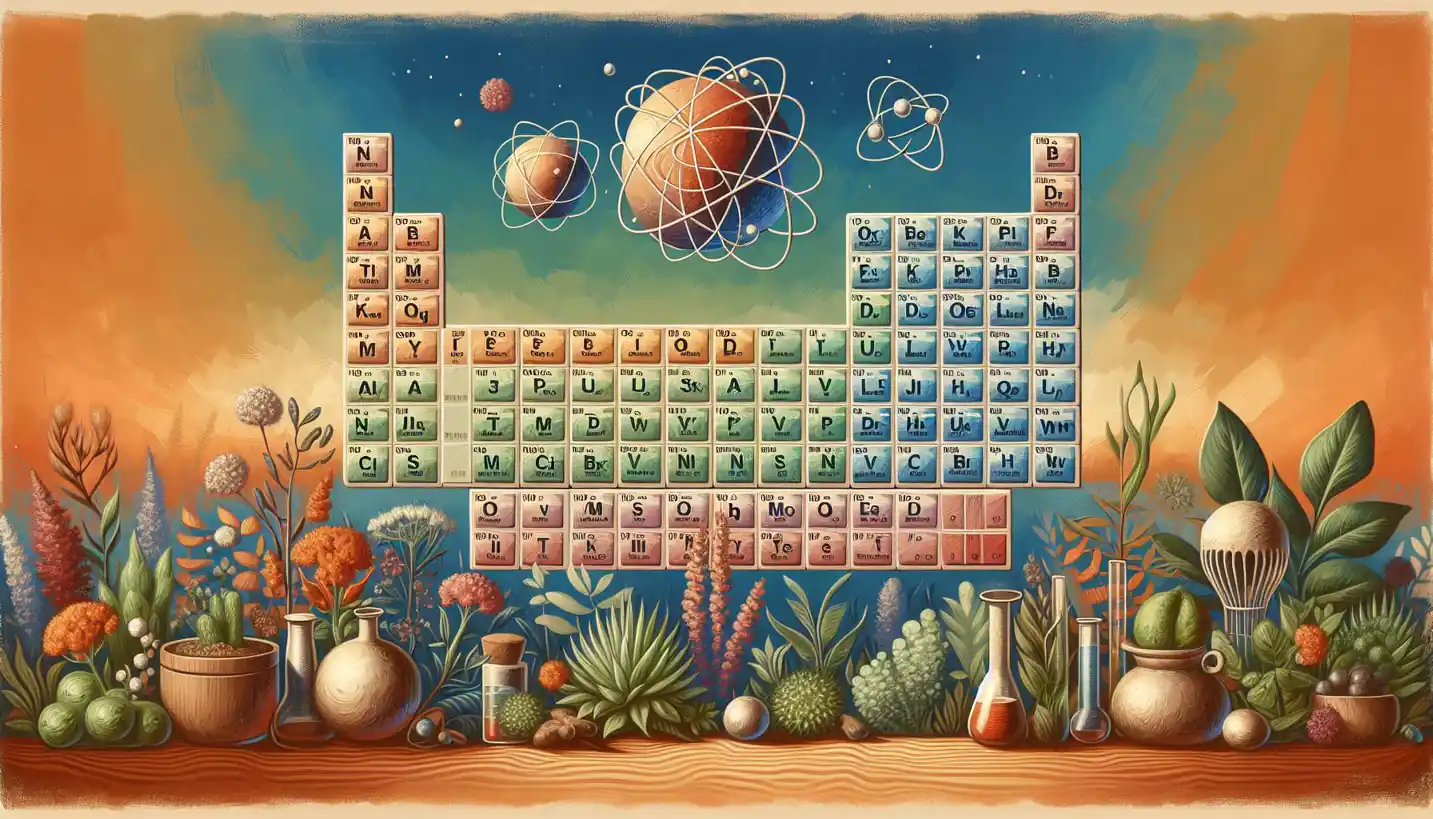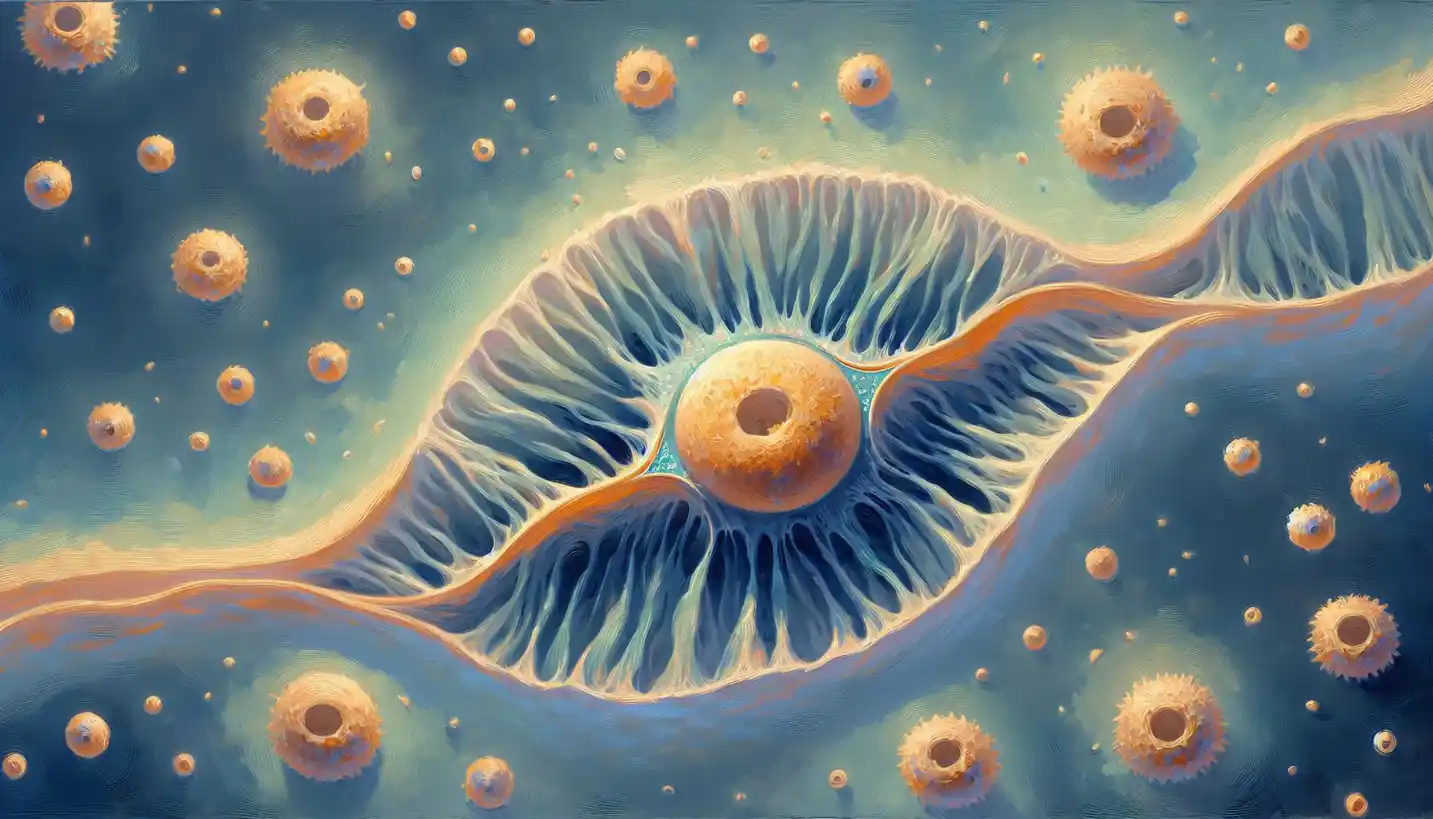· Biology · 5 min read
Astrobiome: Understanding Life Beyond Earth
The astrobiome presents a holistic understanding of ecosystems beyond Earth, potentially reshaping our biodiversity perspectives. Learn how astrobiomes could redefine what it means to be living.

If you’ve pondered whether we’re alone in the universe, then you’re not alone! The quest to understand life beyond our planet has always intrigued humanity. Enter the concept of the “astrobiome,” a fascinating blend of astrobiology and biology that delves into potential ecosystems beyond Earth. This interdisciplinary field explores how life might adapt to the harsh conditions of space and other planets.
What is an Astrobiome?
Let’s start by breaking down the term. An “astrobiome” is a hypothetical ecosystem that could exist anywhere in space, not just on Earth. Imagine your local forest or ocean teeming with life. An astrobiome extends that idea to places like Mars or Europa, one of Jupiter’s moons. Scientists hypothesize that if life exists elsewhere, it could form complex ecosystems, much like those we see on Earth.
The Earthly Biome Connection
To understand astrobiomes, we can look at Earth’s biomes. Earth biomes are large ecosystems like forests, deserts, or oceans, each hosting unique life forms adapted to specific conditions. These ecosystems depend on factors like climate, geography, and available resources. Scientists study these systems to predict what extraterrestrial life might look like and how alien organisms could adapt to their environments.
Clues from Extremophiles
One fascinating way scientists study potential astrobiomes is by examining extremophiles, which are organisms that thrive in extreme conditions on Earth. These hardy creatures can survive in boiling hot springs, deep ocean trenches, and even the frozen expanses of Antarctica. Extremophiles give us clues about how life might persist in the harsh climates of other planets.
For instance, the bacteria that live in Yellowstone’s hot springs are adapted to high temperatures and acidic waters. If life exists on Venus, which has a scorching surface and acidic clouds, it might have similar adaptations. By understanding extremophiles, we can begin to hypothesize about what life forms on other planets might require to survive.
Searching for Astrobiomes
How do scientists go about searching for these hypothetical astrobiomes? Telescopes, satellites, and space probes are at the forefront of this quest. Tools like the Hubble Space Telescope and Mars Rovers have revolutionized our understanding of the solar system. They explore planetary surfaces, analyze atmospheres, and search for signs of water, a crucial ingredient for life.
The discovery of water on Mars, for example, has been a significant step in astrobiome research. It hints at the possibility that life once existed or might still exist in some form on the Red Planet. Similarly, Europa’s icy surface is believed to hide a subsurface ocean, sparking curiosity about potential aquatic life.
Astrobiomes and Exoplanets
Our exploration isn’t limited to our solar system. The study of exoplanets, planets orbiting stars outside our solar system, is another exciting area. Scientists have identified thousands of exoplanets, a few of which reside in the “habitable zone” – where conditions might support liquid water.
The James Webb Space Telescope, for example, seeks to uncover more about these distant worlds. By analyzing the light passing through exoplanetary atmospheres, scientists detect elements and compounds that may indicate potential life-supporting environments.
The Role of Synthetic Biology
Synthetic biology, an innovative field in its own right, plays a role in studying astrobiomes. Researchers are attempting to engineer microbes that could survive in extraterrestrial environments. This engineered life could help terraform hostile planets, making them more habitable for humans, or detecting life-sustaining features.
Imagine microbes specially designed to withstand the harsh radiation of Mars or the intense pressure of Venus’ atmosphere. These living machines could help pinpoint essential resources or even produce them, like oxygen or nutrients, in a way similar to how plants work on Earth.
What If We Discover an Astrobiome?
Imagine the breakthrough of discovering an actual astrobiome. It would revolutionize our understanding of biology, challenging the assumption that life is unique to Earth. The discovery of extraterrestrial ecosystems could have profound philosophical and ethical implications. How would we interact with these alien organisms? Would they pose a threat, or would they offer new biological insights?
The Importance of Astrobiome Research
Astrobiome research is crucial for several reasons. It pushes the boundaries of science, prompting technological advancements and fostering international collaboration. It may even guide future exploration and colonization efforts on planets like Mars or moons like Europa and Titan.
Moreover, understanding life’s adaptability beyond Earth can offer insights into our own planet’s ecosystems and guide conservation efforts. If organisms can survive in the extreme conditions of space, imagine the strategies we might learn to safeguard biodiversity here on Earth.
Curious Questions and Future Exploration
The study of astrobiomes raises endless questions. What would life on an ocean-covered exoplanet look like? Could a microbe survive the radiation storms of a distant star system? These open-ended questions drive scientists to explore further and dream bigger.
Future missions are set to search for life signs on Mars, investigate Europa’s icy crust, and scan distant exoplanets for biological signatures. As technology advances and our understanding deepens, each discovery brings us closer to answering whether we are truly alone in the cosmos.
In the quest for astrobiomes, we are not just searching for life; we are exploring the boundaries of our imagination and understanding, with each discovery bringing us a step closer to the ultimate question: What does it mean to be alive?


